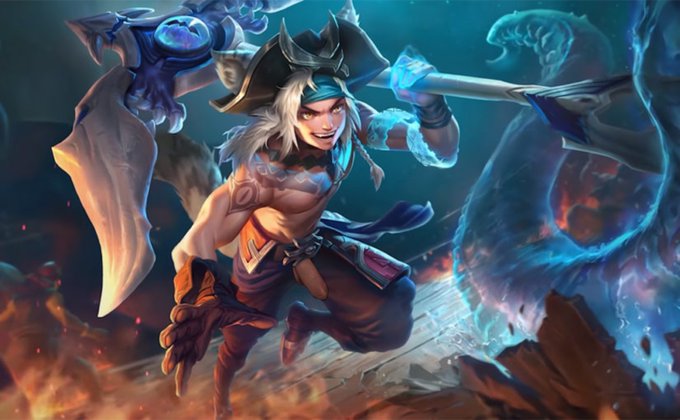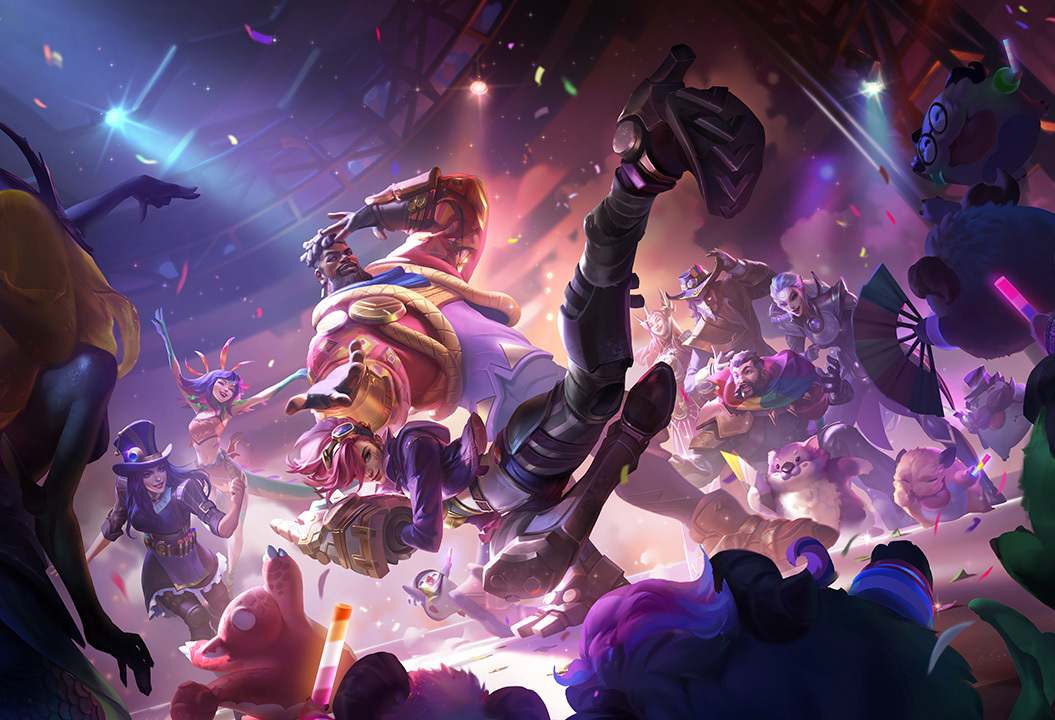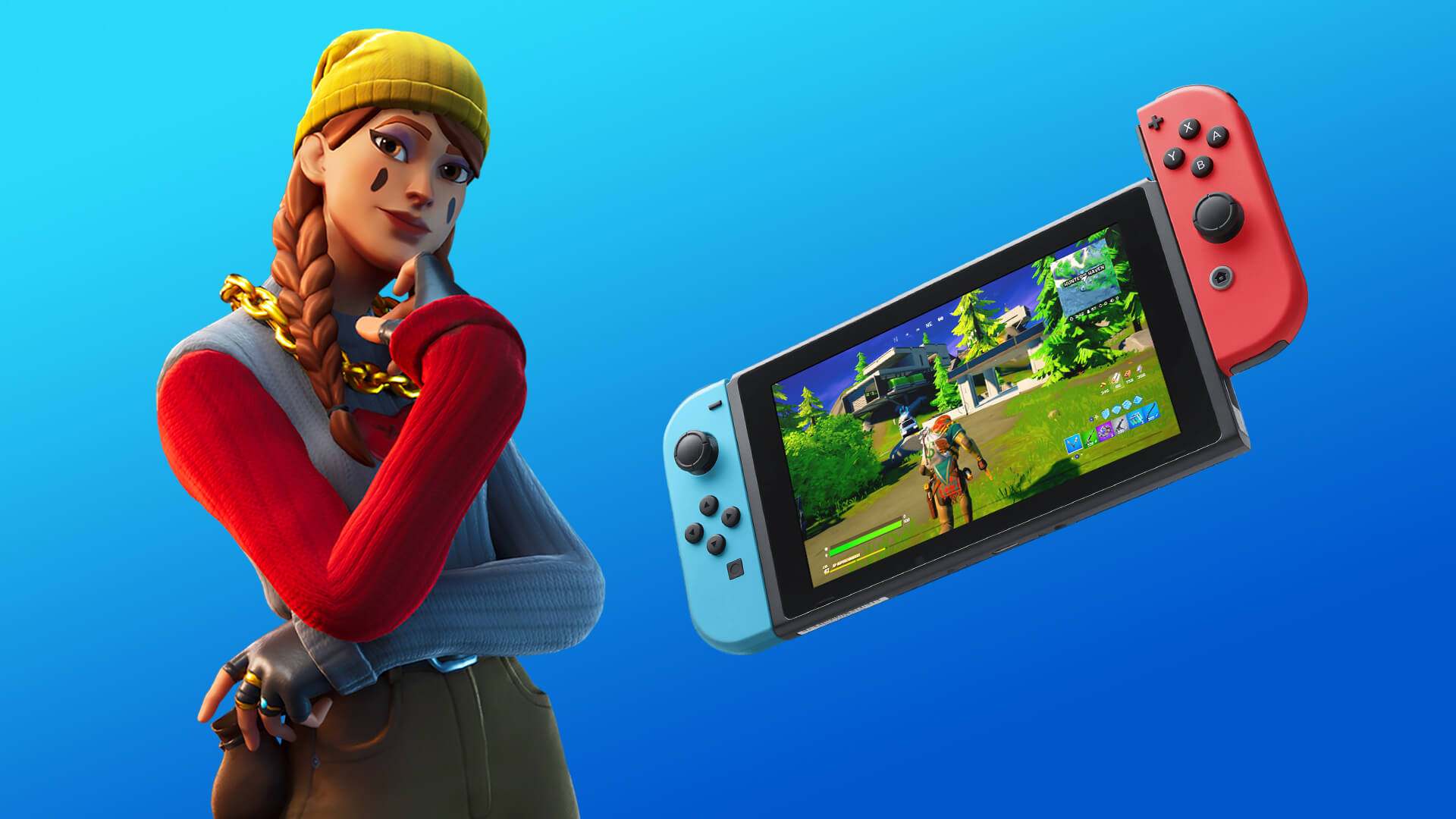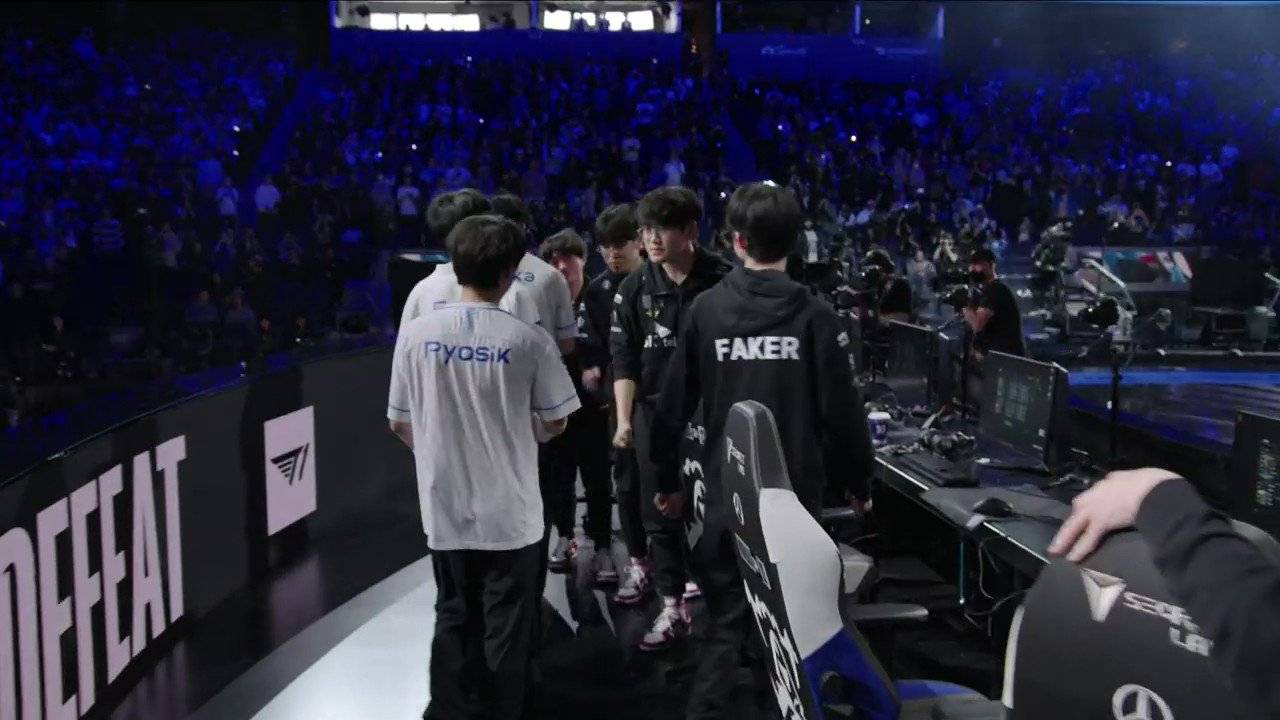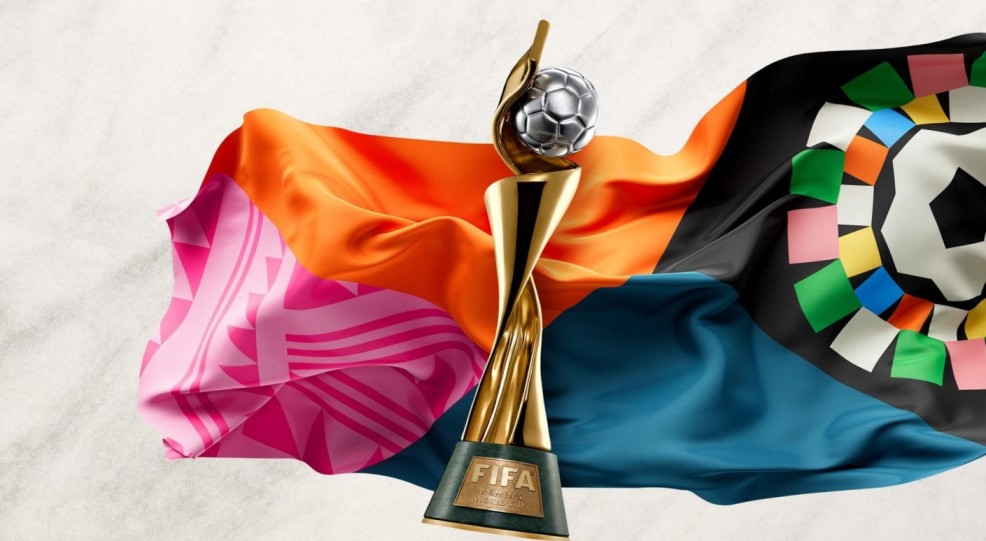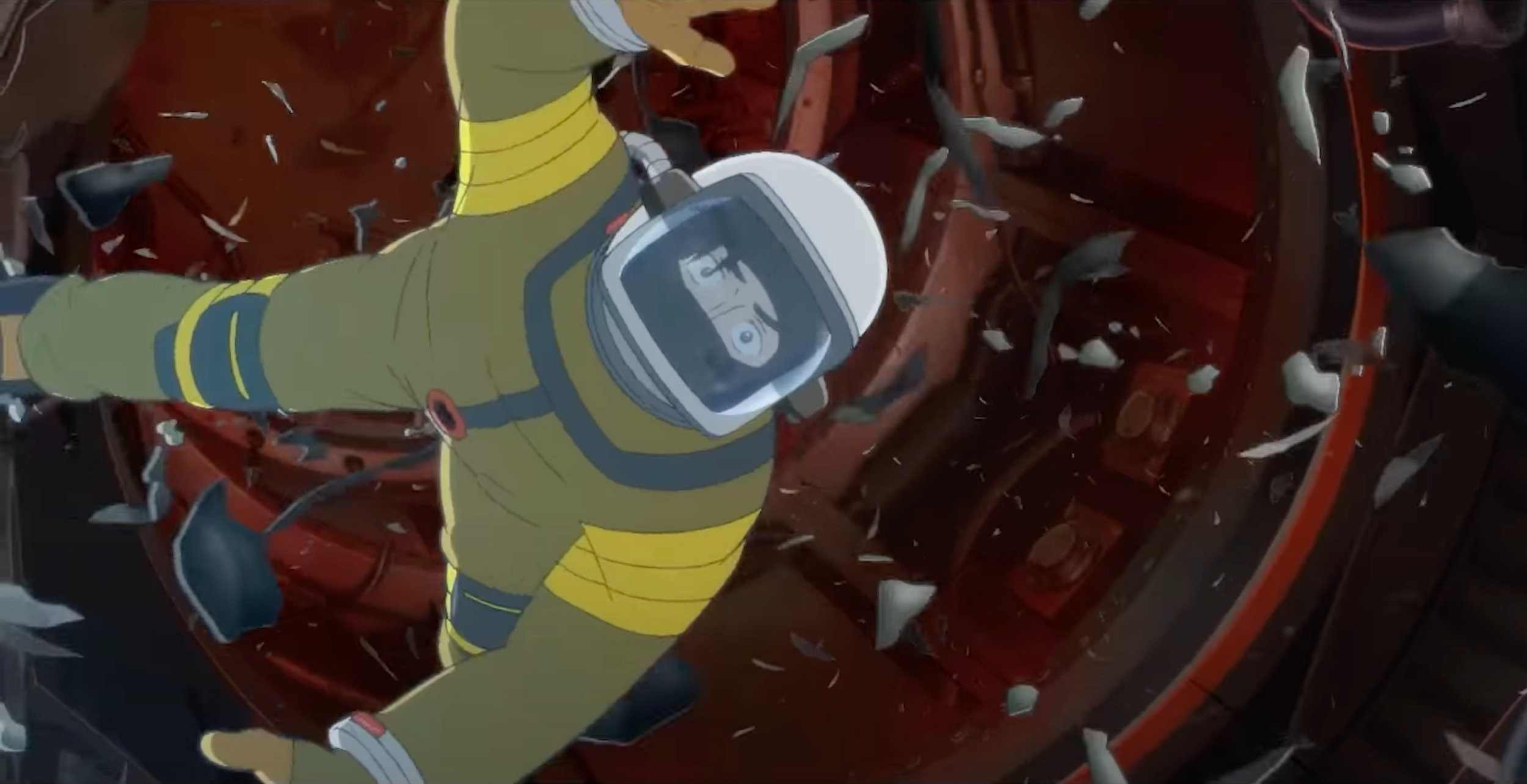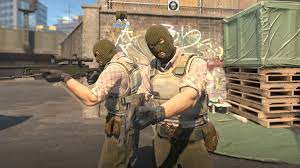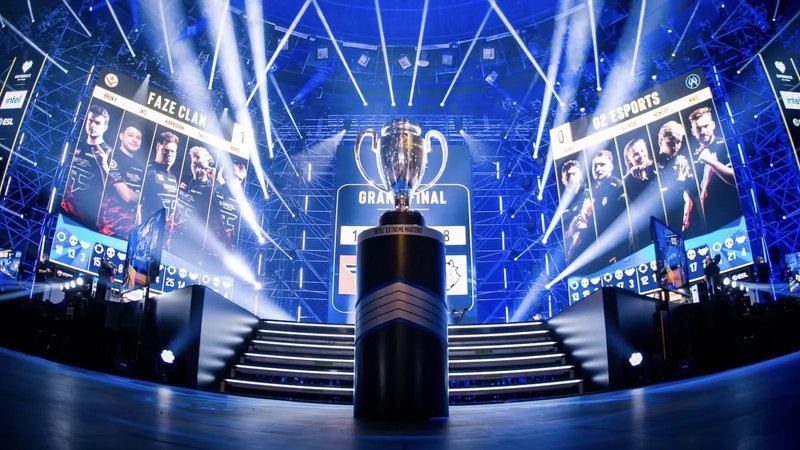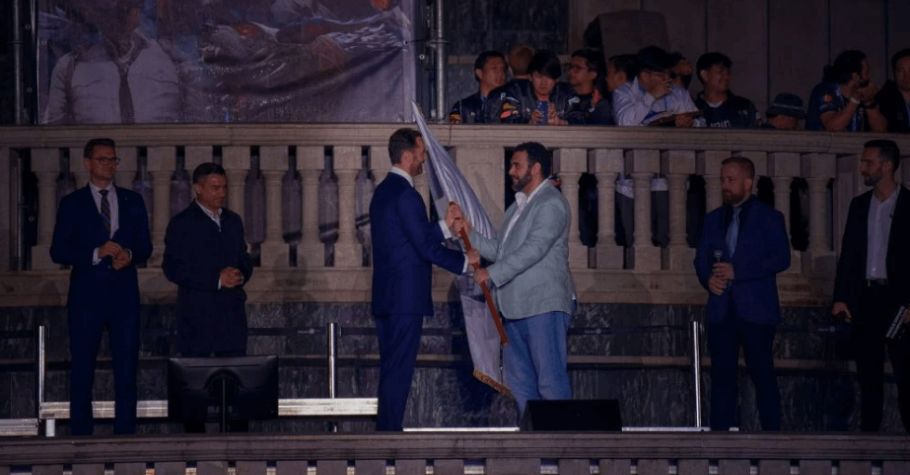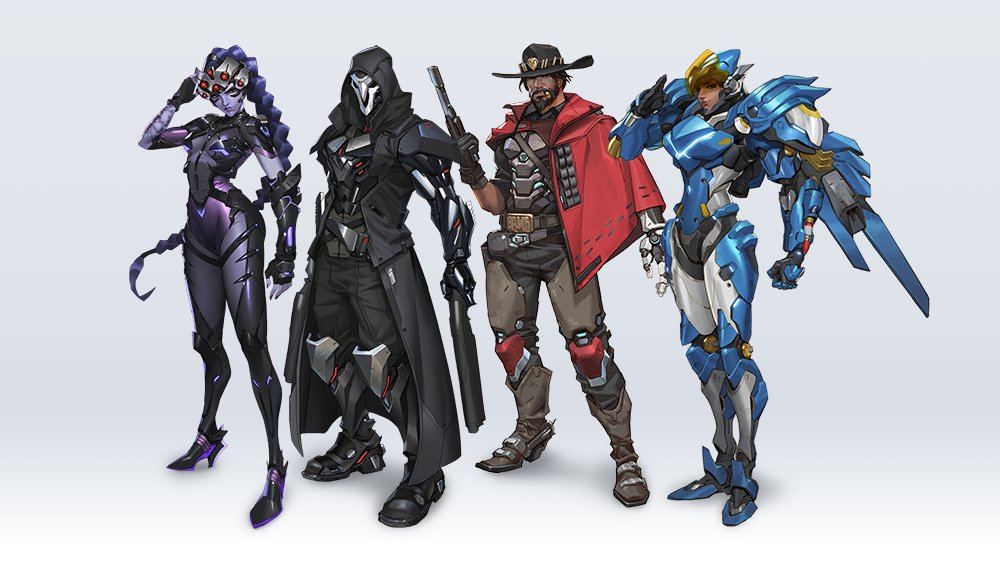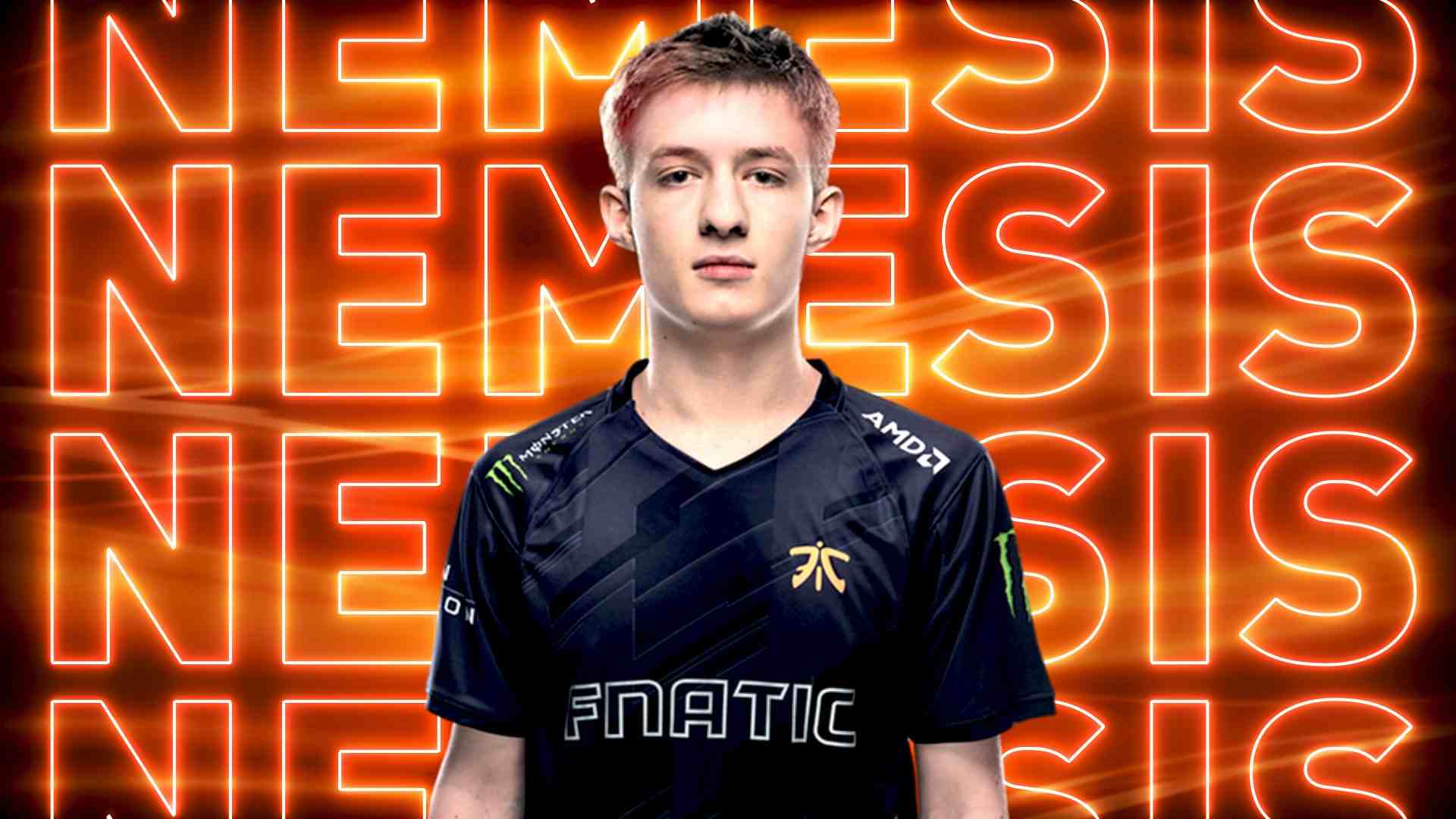5v5 vs. 6v6 In Overwatch 2 A Debatable Point?
The world of Overwatch is no stranger to change, but perhaps one of the most contentious changes to the beloved hero shooter comes in the form of the shift from 6v6 to 5v5 gameplay in Overwatch 2. This transformation has sparked passionate debates among players, developers, and esports enthusiasts alike, as it represents a fundamental shift in the game’s core dynamics.
The Foundation of Overwatch: 6v6
Since its debut in 2016, Overwatch’s hallmark gameplay has revolved around 6v6 matches, with teams composed of six heroes on each side battling for control of objectives, payloads, or points. This format allowed for a diverse range of strategies, team compositions, and hero synergies, leading to memorable moments in both casual play and the competitive scene.
However, as the game evolved, certain challenges emerged. Queue times for Damage heroes, the most popular role, often proved lengthy, leading to player frustration. Additionally, 6v6 matches could sometimes feel chaotic, making it challenging to coordinate team efforts effectively. To address these issues and encourage more dynamic gameplay, Blizzard decided to explore a new approach.
The Transition to 5v5: Overwatch 2’s Vision
Overwatch 2’s transition to 5v5 was a deliberate decision by Blizzard’s development team. The goal was to streamline the gameplay experience, reduce queue times, and elevate individual player impact within a team. By reducing the number of Damage slots from two to one, Overwatch 2 aimed to create a more balanced environment and promote faster-paced, team-focused engagements.
This shift also led to a reevaluation of tank heroes’ roles, as they became even more central to a team’s success. Tanks, once considered more of a support role, now bear the responsibility of leading the charge and creating space for their teammates. This redefined role for tanks has added depth to the game’s strategy and tactics.
The Controversy: A Divided Player Base
While the intentions behind the transition were noble, the Overwatch community quickly found itself divided. Some players embraced the change, appreciating the faster queues and more prominent tank role. They believed that 5v5 encouraged better teamwork and emphasized the impact of each player’s decisions.
However, a substantial portion of the player base remained staunch supporters of the classic 6v6 format. They argued that the change stripped away some of the game’s complexity and strategic depth. In 6v6, hero selection and coordination played pivotal roles in matches, creating a rich tapestry of possibilities. Critics contended that 5v5 reduced these opportunities, potentially leading to a more homogenized gameplay experience.
The Competitive Scene: An Evolving Landscape
The transition to 5v5 has also left its mark on the competitive Overwatch scene. Professional players and teams had to adapt to the new format, with some veterans finding the adjustment challenging. The reduced Damage slots in particular forced teams to rethink their compositions and strategies, leading to a more tank-centric meta.
Despite initial skepticism, the competitive scene in Overwatch 2 has begun to stabilize around the 5v5 format. Teams have showcased innovative strategies and demonstrated the potential for thrilling matches, reaffirming Blizzard’s vision for the game’s future.
5v5 vs. 6v6: The Ongoing Debate
The shift from 6v6 to 5v5 in Overwatch 2 remains a debatable point within the community. While some players have embraced the change for its potential to enhance the overall experience, others yearn for the complexity and depth of the classic format. As Overwatch 2 continues to evolve and the community adapts to the new dynamics, the debate will likely persist, illustrating the passionate and ever-evolving nature of the Overwatch player base. Ultimately, the success of the transition will be determined by the game’s ability to maintain its unique identity while addressing player concerns.
Also Read: Overwatch 2: All Available Codes And Rewards In September 2023

